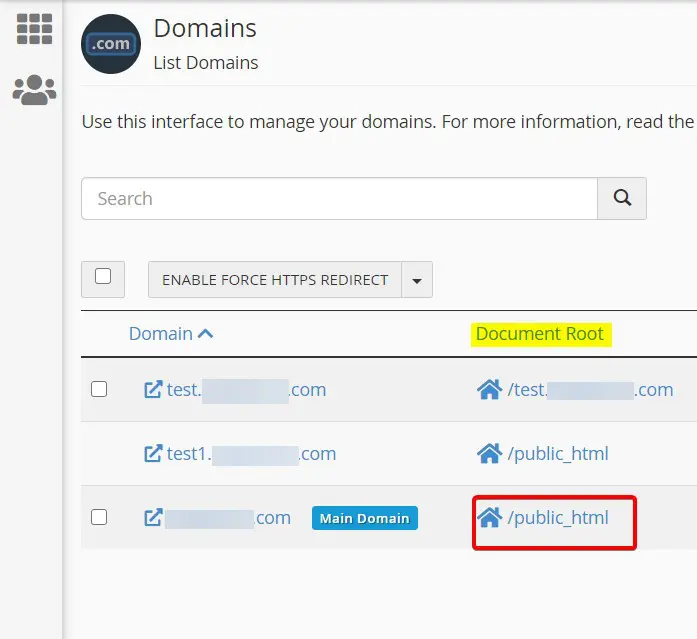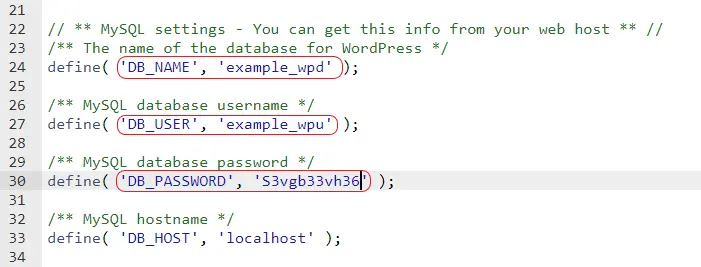In this guide, we will walk you through the steps to update database configuration settings in WordPress.
While using WordPress CMS, we might come up with a scenario where we need to update the database details. It may sound like a complex task for some users. But the truth is, it can be done within minutes using the File manager option in your cPanel interface. Let’s have a look at how to do it.
Quick steps:
- Login to the cPanel account and go to File Manager
- Go to the Document Root of your website
- Locate the file wp-config.php
- Open it by selecting the file and click on the Edit option
- Find the MySQL settings part of the file
- Here you can make the MySQL settings changes
Updating database configuration settings in WordPress.
The website’s database details are defined in the WordPress core file wp-config.php. You can find this file in your website’s document root itself. For finding your website’s document root go to cPanel and click on Domains where you will get the list of your websites. You can directly open your website’s document root by clicking the directory showing the right side of your domain which is listed under the Document Root column.
Finding document root of the website
In the directory, locate the wp-config.php, select it and click on Edit which will open a window where you can modify the file contains. Go to the MySQL settings part, here you can configure the Database Name, Database User, and Database Password.
MySQL settings in wp-config.php
Make the changes you need and click on the Save Changes button.
Conclusion
Congratulations! You have now learned how to update database configuration settings in WordPress.

If you have any web hosting questions please feel free to reach out to us. We're happy to help.


